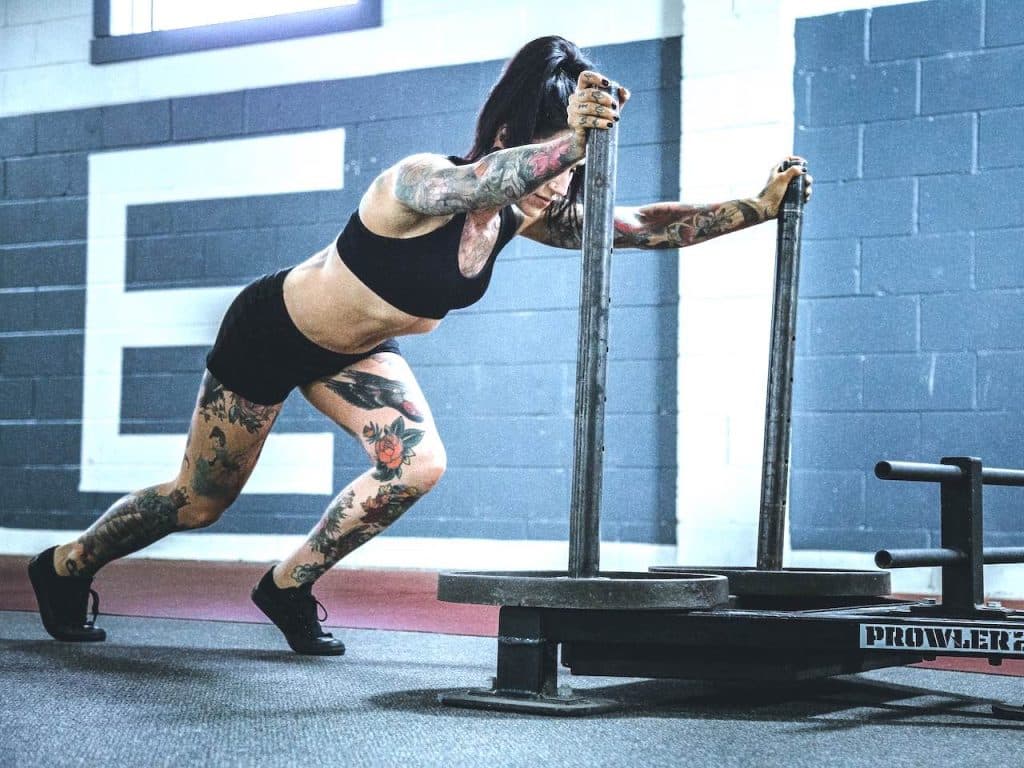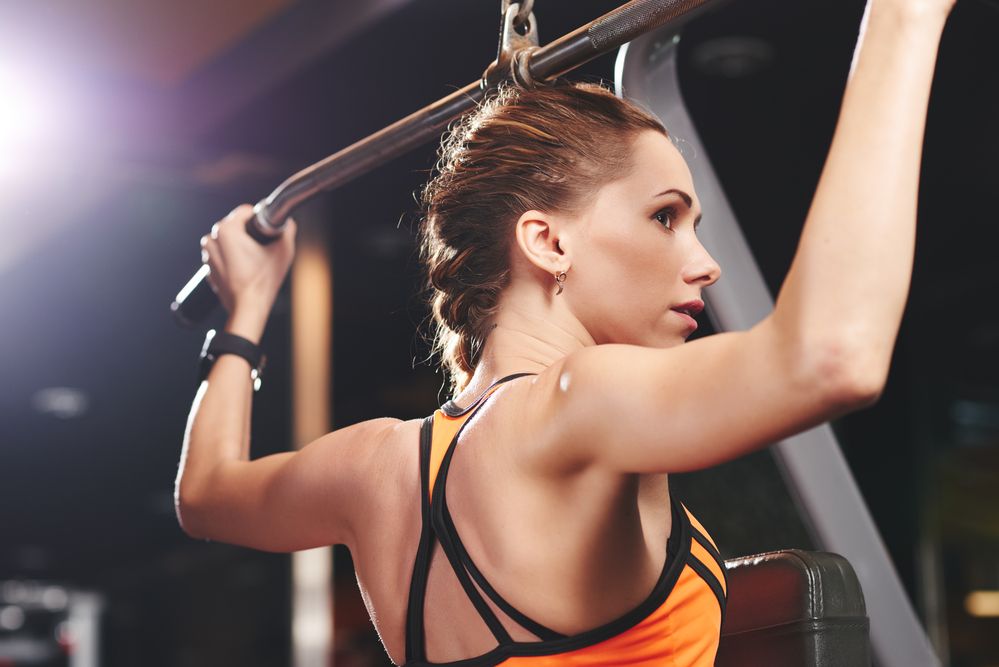
The athlete’s body is a machine for success where body composition is going to be key to achieving the best results. This is how Noelia Bonfati, dietitian-nutritionist, explains it: «Body composition, understood as the relationship between skeleton, muscle mass and fat«It is what defines the athlete’s capabilities and their performance possibilities through adequate training, nutrition and rest planning.»
Body composition and weight for optimal performance.
Do not confuse weight and body composition.
he weight is the amount of total mass that is in the body adding organs, tissues and other structures.
The body composition is, as we have seenthe relationship between skeleton, muscle and fatty tissue. Weighing more or less will be secondary as long as the relationship between these three elements and the distribution and percentage of lean mass and fat mass are appropriate for each sport.
To determine if an athlete has a correct body composition and ideal weight, the first thing to do is to analyze what discipline they practice. «The Athletes usually have more muscle mass and relatively lower fat mass. compared to the general healthy population,» says Bonfati, member of the Spanish Academy of Nutrition and Dietetics. It is important to keep in mind that lean mass weighs more than fatTherefore, it is very likely that a well-trained athlete weighs more than a sedentary person with an apparently similar build.
Now, not everything is valid regarding weight. It is not about generating muscle mass without limits. While in disciplines such as speed skiing, high muscle density is a competitive advantage because it allows you to reach higher speeds, in the marathon, excess muscle mass becomes a liability. «The ideal weight of the athlete will be the one that allows adequate muscular development for his discipline, in relation to the skeleton and with a fat mass that allows maintaining all the functions of the body, but that does not generate an extra load,» he clarifies.
The sports diet requires a multifactorial approach.
When considering an athlete’s diet, many factors must be taken into account, not just the sport they practice. Among the most relevant aspects, the expert points out the following:
- The training load/intensity.
- Performance objectives.
- The body composition you want to achieve.
- Nutritional habits and preferences.
- The clinical history.
- The socio-psychological relationship of the person with food.
- The injury history.
Body composition assessment: tools and techniques
Determine the athlete’s body composition always under the same conditions regarding time of day, food intake or not, etc. It constitutes the starting point from which the most appropriate strategy will be designed to achieve what is considered ideal and obtain. maximum performance.
Bone densitometry
Dietitians-nutritionists have various techniques for measuring body composition. Among them, bone densitometry (DEXA). “It is the reference body composition assessment tool, ideal for performing in a high-performance athlete population,” says the expert. When it is not possible to perform this test, anthropometric measurement of the body perimeters of the wrist, knee and elbow is used.
Anthropometry and Skinfold Measurement
It works in all populations, “although it is more complicated to use in obesity because the precision of taking skin folds decreases. However, it is very important in the sports field, since it allows us to have an objective data of the fat mass» in different parts of the body.
Body Mass Index (BMI)
It is a less practical tool. “It is not used much in sports. It serves at a public health level, to compile statistics on overweight and obesity in a population.» However, in sport, body weight as an isolated measure has no value, since it must always be accompanied by a description of body composition. It is that is, the proportion of kilograms of fat mass and lean mass.
Bioelectrical impedance
One of the techniques also used in professional practice is the use of bioelectric impedance. It is a type of electronic scale that quickly measures the composition of fat mass, lean mass and water. For the readings to be significant, they must always be carried out under the same conditions.

Weight control in athletes: from improving performance to obsession
Sports performance is conditioned by body composition and weight. It is difficult for athletes to control their own body composition, which is why this task usually falls to their dietitian-nutritionist with different body composition measurement techniques.
Weight, on the contrary, is a factor that usually monitors the athlete. Enough with get on a scale.
This constant measurement of body values generates many cases of eating disorders (ED) in the context of sports competition. The origin is in the obsession with controlling body weight. In fact, it is estimated that the Eating disorder It affects this group more than the general populationalthough «it is not easy to compare, since statistics are very difficult to compile, because many cases are not detected,» emphasizes the expert.
Weight control in women’s sports is aggravated by the pressure that society already places on women, and by the importance of showing an image of lightness in disciplines such as rhythmic gymnastics. «Although eating disorders are usually associated with female athletes in more aesthetic disciplines, such as gymnastics, the latest research also shows a significant prevalence in male populations, both in team and individual sports.»
However, he emphasizes that the risk is greater in those sports in which weight plays an important factor in competition and performance.
The entry Weight and body composition: how it affects sports performance was first published in Nutriiendo.







Thank you for your sharing. I am worried that I lack creative ideas. It is your article that makes me full of hope. Thank you. But, I have a question, can you help me?
I don’t think the title of your article matches the content lol. Just kidding, mainly because I had some doubts after reading the article.